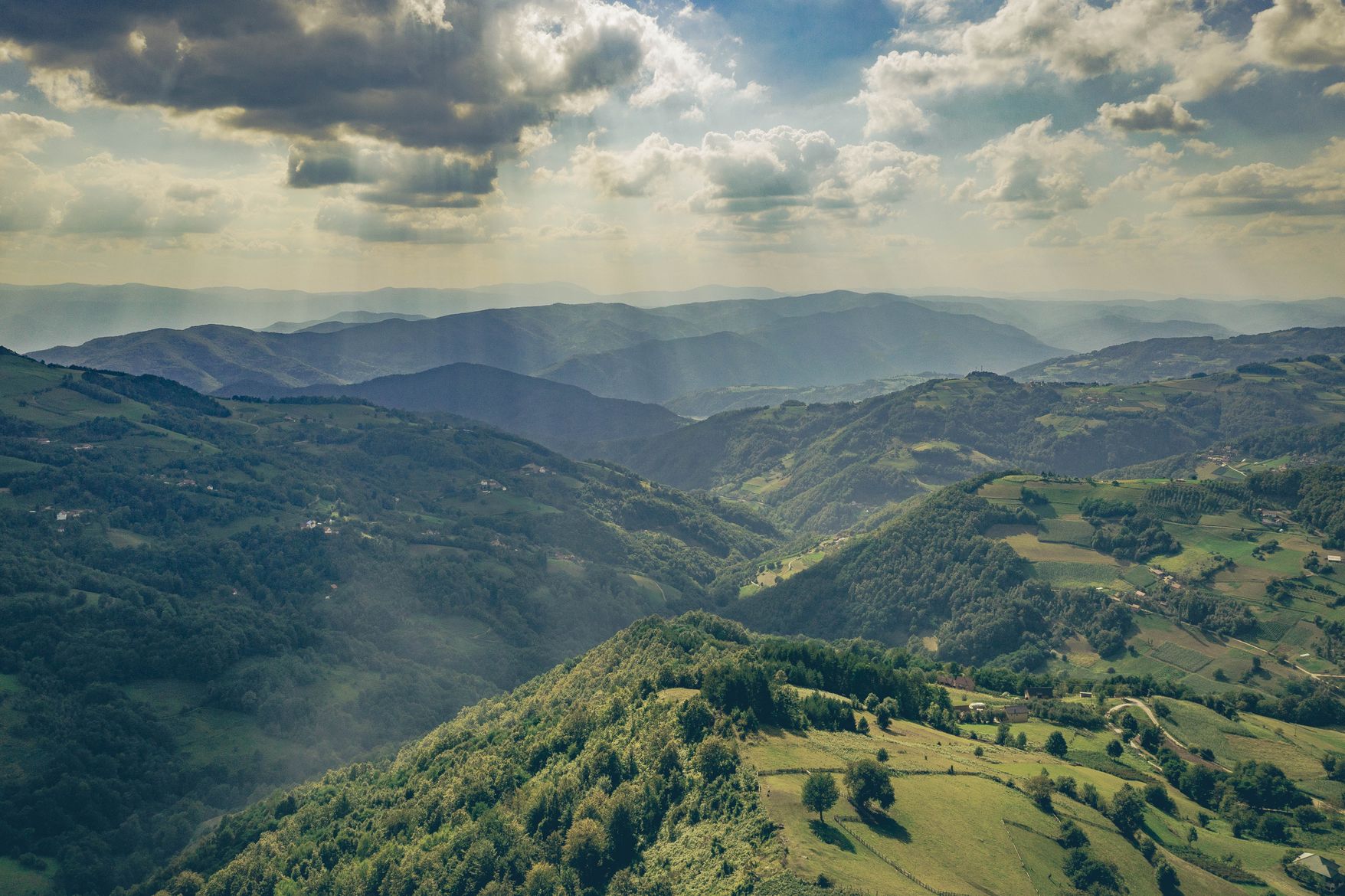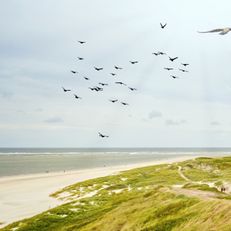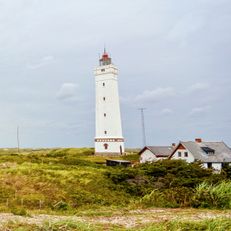Serbia Traffic Guide
Through Serbia by Car
Serbia is an underrated destination that offers not only exciting cities but also beautiful nature. Since public transport is scarce in most parts of the country, a car is the ideal choice to explore Serbia with all its natural parks and mountain ranges.
In this guide, you will learn about the traffic rules you need to follow in Serbia, the condition of the roads in the country, and how high fines for traffic offenses can be.
Overview of Traffic Rules in Serbia
- In Serbia, you're allowed to drive from the age of 18 with a recognized EU driver's license.
- Traffic moves on the right side of the road, and overtaking is on the left.
- Speed limits are 50 km/h in urban areas, 80 km/h outside urban areas, 100 km/h on expressways, and up to 120 km/h on highways.
- All car occupants must wear seat belts.
- The driver is not permitted to hold or use a phone while driving, but hands-free calling is allowed.
- Radar detectors are prohibited.
- It's mandatory to drive with lights on at all times.
- Cars must be equipped with a warning triangle, first aid kit, reflective vest, spare bulbs, a tow rope or bar, and a spare tire. Reflective vests must be worn when exiting the vehicle in the event of a breakdown.
- The alcohol limit for drivers is 0.3; for new drivers (license less than one year), there's a zero tolerance policy.
- The front seat passenger cannot be under the influence of alcohol or drugs.
- The turn signal must be on throughout the entire overtaking process.
- It's forbidden to overtake school buses at stops.
- In the event of an accident, the police must be called. Vehicles with visible damage can only leave the country with a police damage report.
- Throwing trash or other objects out of the vehicle's window is prohibited.
Driving in Serbia
The roads in Serbia
Serbia has a sufficiently dense road network. However, the condition of the roads is partly deficient.

Country roads often have defective surfaces. Additionally, markings, signs, and street lighting are missing. Therefore, the Foreign Office advises against driving outside urban areas in the dark.
In urban areas, the road conditions are significantly better. However, particularly in the capital, Belgrade, there is heavy traffic, which can be confusing and hectic for drivers from abroad.
Especially in the south, in the mountain regions, driving can be associated with greater challenges. Above all, trips off the main roads near the border with Kosovo should be avoided, as there is still a risk of landmines there.
Petrol stations and charging points
Petrol and diesel: The coverage with petrol stations in Serbia is predominantly fine, especially in urban areas where many petrol stations can be found.

In the more rural areas in the south and north of the country, finding petrol stations can be a bit more challenging. Here, you should familiarize yourself extensively with the refuelling options along your route before setting off.
Electric cars: Charging stations for electric vehicles are still rare in Serbia. In large cities, you can already charge your electric car. Although the network is continuously being expanded, it is currently not advisable to holiday in Serbia with an electric car.
Hydrogen cars: There are currently no refuelling options for hydrogen cars in Serbia. Thus, a hydrogen car is not the right choice for travel to Serbia.
Rental car or own car?
Serbia, due to its central location in Southeast Europe, is easily accessible by car via land. Those entering with a German vehicle must affix the standardized oval D-sign on the car visibly.
As proof of motor liability insurance, the Euro plate is usually sufficient. However, you should also take your International Insurance Card with you to be covered in case of insurance claims.
Alternatively, the country can also be explored well with a rental car. Various vehicle models from all common providers are available at numerous locations. Especially at airports, renting a vehicle is usually not a problem.
The minimum age for most car rental companies is 21 years. In addition, you must have held your driver's license for at least two years to rent a vehicle.
Fines
In Serbia, fines are imposed for violations of traffic regulations. Depending on the severity of the offence, driving bans may also be imposed.

Excerpt from the fine catalog:
- Speeding: from 25 Euros (approx. £22)
- Violation of the seat belt requirement: 40 Euros (approx. £35)
- Drinking and driving: from 40 Euros (approx. £35)
- Red light violation: from 130 Euros (approx. £111)
- Illegal parking: from 50 Euros (approx. £43)
- Using a mobile phone while driving: from 40 Euros (approx. £35)
- Throwing objects out of the window: 50 Euros (approx. £43)
Conclusion: Driving in Serbia
Due to the moderately developed public transport, Serbia is best experienced by car. Road conditions outside urban areas can become challenging, yet the road network is comparatively dense. If you drive carefully and plan possible refuelling stops extensively before setting off, you should be able to get around the country without major issues.
► Here you can find more information about the toll regulations in Serbia, to be optimally prepared for your trip.






